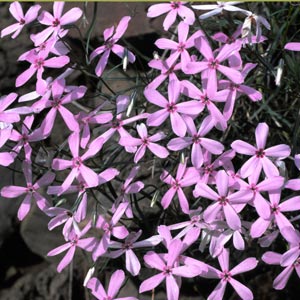

On Fire for Phlox
Jim Locklear
No other group of plants in North America can equal the genus Phlox for its preeminence in the wild and in the garden. Its sixty-some species decorate and sometimes define plant communities up and down the continent. And no American genus has enjoyed a richer history in the gardens of the world. In this illustrated talk, Jim Locklear will provide an overview of the ecology of phlox species in the wild and their history and use in the garden. He will also touch on the three-century stream of characters engaged in discovering, describing and bringing phloxes into cultivation. His presentation will feature photography of phloxes and their natural habitats across America.
Jim Locklear is Director of Conservation at Lauritzen Gardens, Omaha's Botanical Center in Nebraska. His book, Phlox: A Natural History and Gardener's Guide (Timber Press 2011), is the result of 15 years of research and writing that took Jim all across America to study Phlox species in their natural habitats.
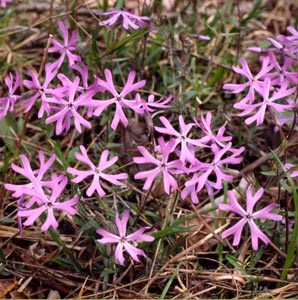 |
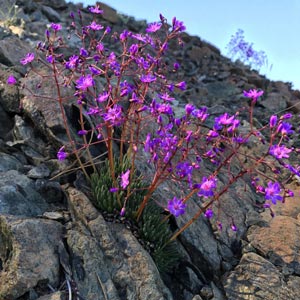
Lewisia
Sean Hogan
With around 20 taxa, these succulent beauties inhabit spots from mossy cliffs to snowmelt screes and desert flats. Often these habitats are as as beautiful as the plants within, and host so many other desirable plants.
We will look at what soils, climates, and conditions each species require, and Sean will offer tips on how lewisias and their associates can translate to garden conditions. Several of the images will be from the preparation of the book "Lewisias" by LeRoy Davidson (Timber Press 2000).
A gardener obsessed, Sean Hogan was one of the founders of the famous Cistus Nursery in Oregon, with 10,000 taxa on site. He was former Director of Collections for Portland’s Hoyt Arboretum as well as the Curator at the University of California Botanical Garden at Berkeley. While still associated with Cistus as their principal designer, he travels the globe in search of interesting species as well as sharing his vast horticultural knowledge.
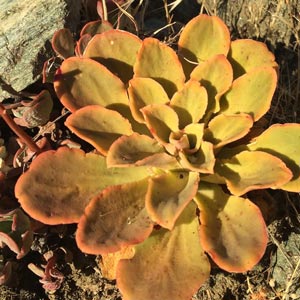 |
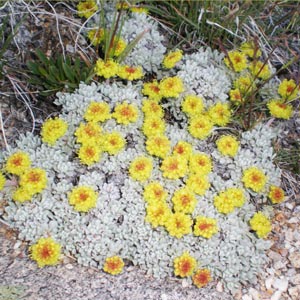
Penstemon and Eriogonum: the Best for Rock Gardens
Mike Kintgen
The genera Penstemon and Eriogonum are largely endemic to North America. Depending on how botanists dice it, there is a penstemon relative in Eastern Asia and a few eriogonums in South America. Mike will explore some of the best species for rock gardens and troughs and discuss their cultivation.
Mike Kintgen is a Senior Horticulturist at the Denver Botanic Gardens, where he oversees the Alpine Collection and nine other gardens including the Rock Alpine Garden and the South African Plaza.
An ecologist as well as horticulturist, he currently gardens in both Denver and Steamboat Springs, Colorado. The two different climates allow him to experiment with a wide range of plant material.
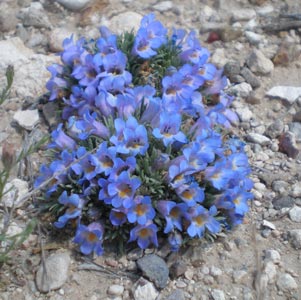 |
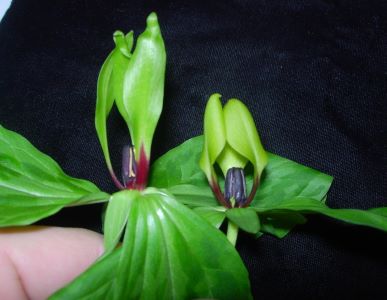

Trillium: Systematics from a Horticultural Perspective
Aaron Floden
Trillium are a well-known horticultural group with a devoted following. They have been well-studied, especially so in regards to the number of species, but despite this their systematics keep revealing surprising results in novel species and unexpected relationships. Here, I will provide an overview of Trillium in light of ongoing molecular studies.
We will start with an overview of the familial relationships within the broader Melanthiaceae. After that we will focus on the genera formerly included in Trillium, and then focus on specifically on Trillium. The in-group focus will follow the molecular phylogenetic structure of Trillium inlcuding the subgenera: Trillium, Callipetalon, Delostylis, and Sessilia. Each group will be featured with a brief phylogeny and then discussion of most of the species in each group and photographs of the species in the wild.
Aaron Floden is the Curator of the Flora of Missouri at the Missouri Botanical Garden. His research interests include floristics and taxonomy of plants of the southwestern U.S.
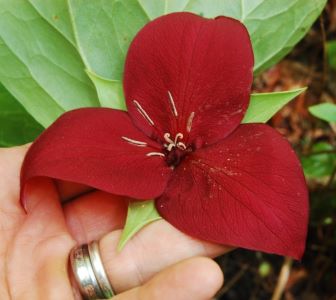 |
|
No other group of plants in North America can equal the genus Phlox for its preeminence in the wild and in the garden. Its sixty-some species decorate and sometimes define plant communities up and down the continent. And no American genus has enjoyed a richer history in the gardens of the world. In this illustrated talk, Jim Locklear will provide an overview of the ecology of phlox species in the wild and their history and use in the garden. He will also touch on the three-century stream of characters engaged in discovering, describing, and bringing phloxes into cultivation. His presentation will feature photography of phloxes and their natural habitats across America.
Jim Locklear is Director of Conservation at Lauritzen Gardens, Omaha Botanical Center in Nebraska. His book, "Phlox: A Natural History and Gardener's Guide" (Timber Press 2011), is the result of 15 years of research and writing that took Jim all across America to study phlox species in their natural habitats.
|
With around 20 Lewisia taxa, these succulent beauties inhabit spots from mossy cliffs to snowmelt screes and desert flats. Often these habitats are as as beautiful as the plants within, and host so many other desirable plants.
We will look at what soils, climates, and conditions each species require, and Sean will offer tips on how lewisias and their associates can translate to garden conditions. Several of the images will be from the preparation of the book "Lewisias" by LeRoy Davidson (Timber Press 2000).
A gardener obsessed, Sean Hogan was one of the founders of the famous Cistus Nursery in Oregon, with 10,000 taxa on site. He was former Director of Collections for Portland’s Hoyt Arboretum as well as the Curator at the University of California Botanical Garden at Berkeley. While still associated with Cistus as their principal designer, he travels the globe in search of interesting species as well as sharing his vast horticultural knowledge.
|
The genera Penstemon and Eriogonum are largely endemic to North America. Depending on how botanists dice it, there is a penstemon relative in Eastern Asia and a few eriogonums in South America. Mike will explore some of the best species for rock gardens and troughs and discuss their cultivation.
Mike Kintgen is a Senior Horticulturist at the Denver Botanic Gardens, where he oversees the Alpine Collection and nine other gardens including the Rock Alpine Garden and the South African Plaza.
An ecologist as well as horticulturist, he currently gardens in both Denver and Steamboat Springs, Colorado. The two different climates allow him to experiment with a wide range of plant material.
|
Trilliums are a well-known group with a devoted following. They have been well studied, especially in regards to the number of species, but despite this their systematics keep revealing surprising results in novel species and unexpected relationships. Aaron will provide an overview of the genusTrillium in light of ongoing molecular studies.
He will start with an overview of the familial relationships within the broader Melanthiaceae. After that Aaron will focus on the genera formerly included in Trillium, and then focus specifically on Trillium. The in-group focus will follow the molecular phylogenetic structure of Trillium including the subgenera: Trillium, Callipetalon, Delostylis, and Sessilia. Each group will be featured with a brief phylogeny and then discussion of most of the species in each group and photographs of the species in the wild.
Aaron Floden is the Curator of the Flora of Missouri at the Missouri Botanical Garden. His research interests include floristics and taxonomy of plants of the southwestern U.S.
|